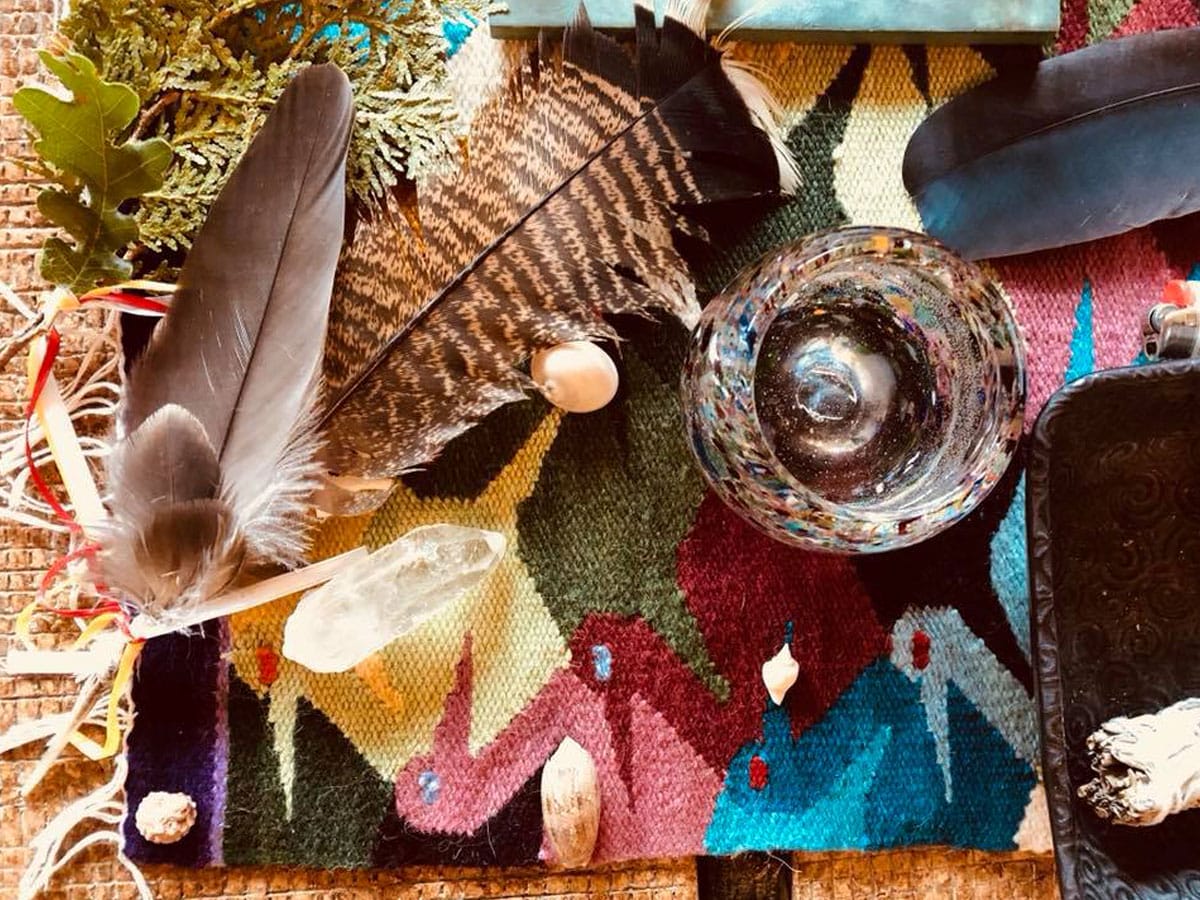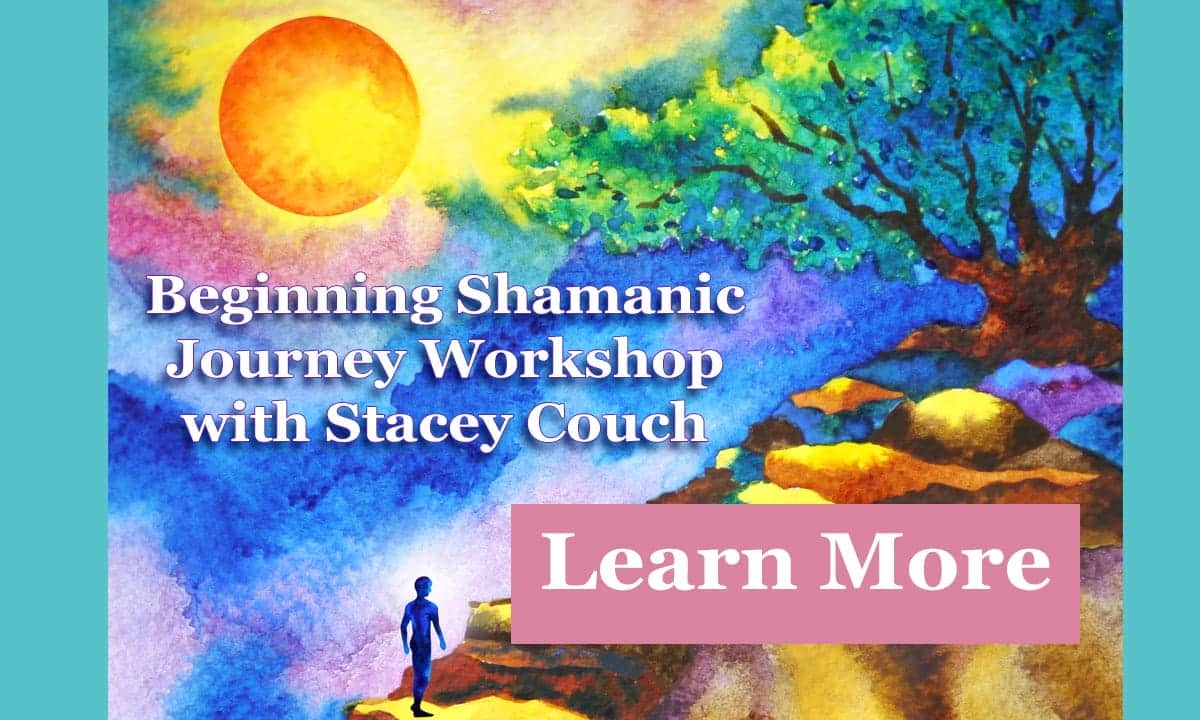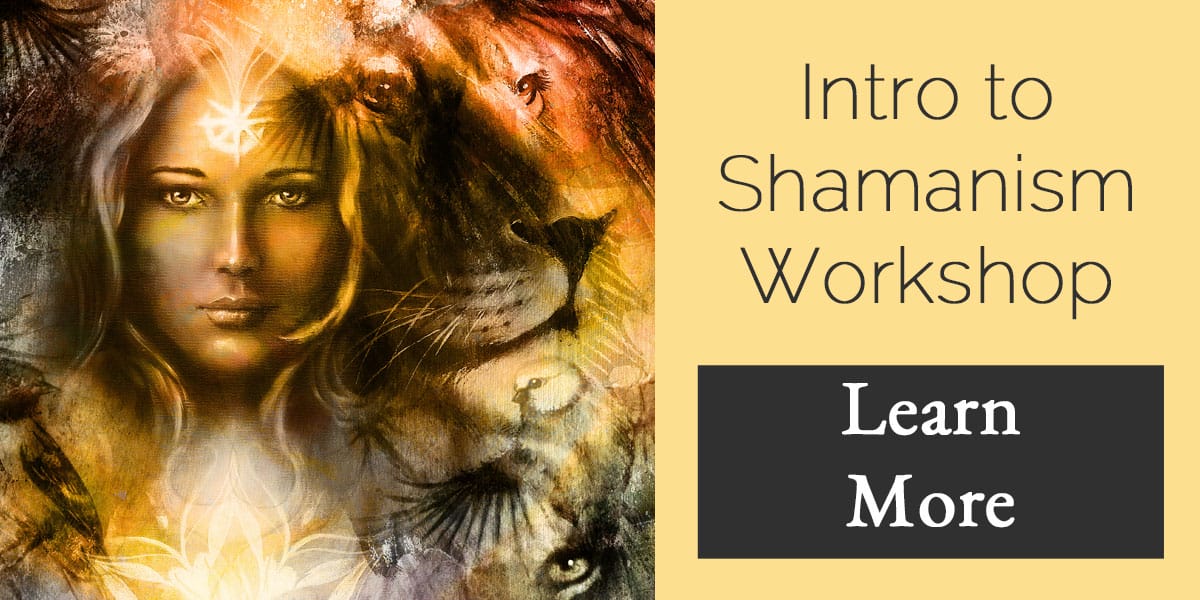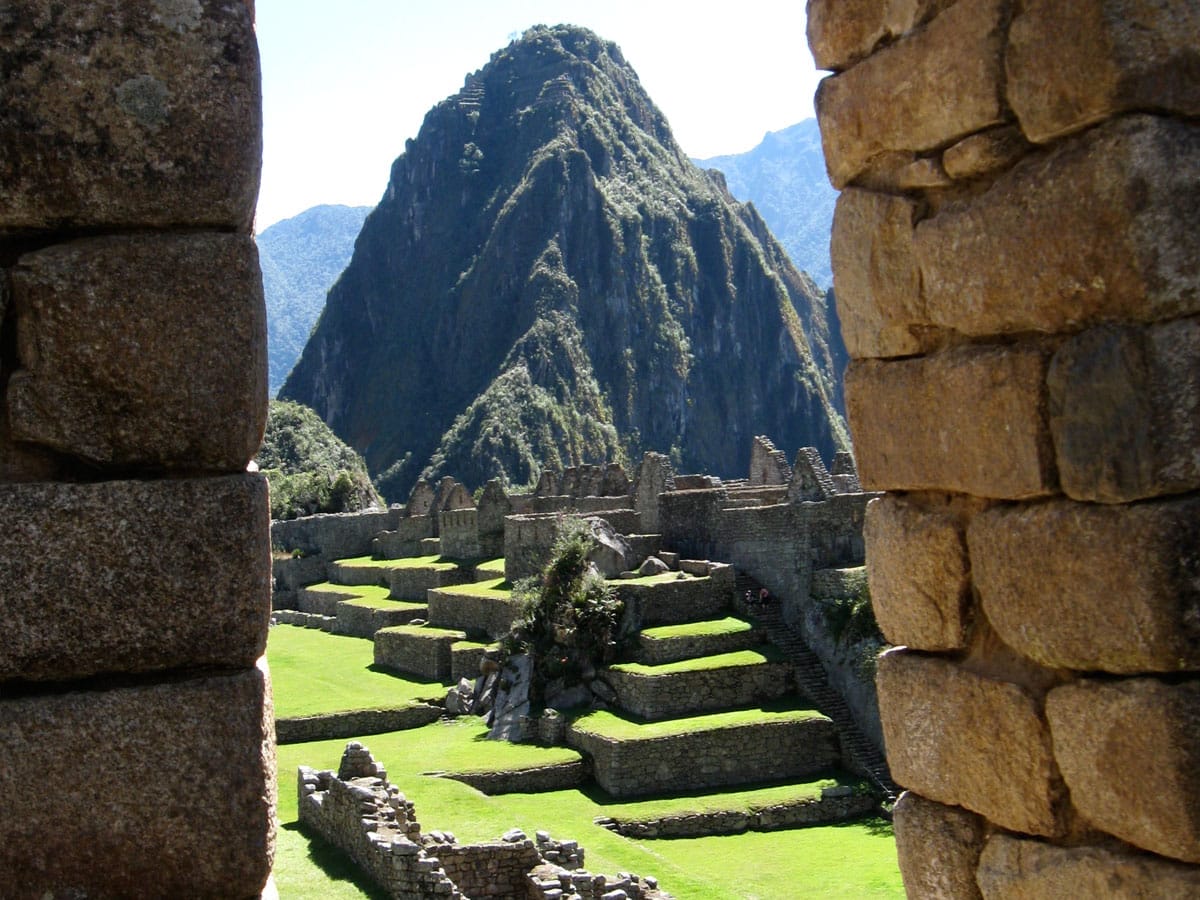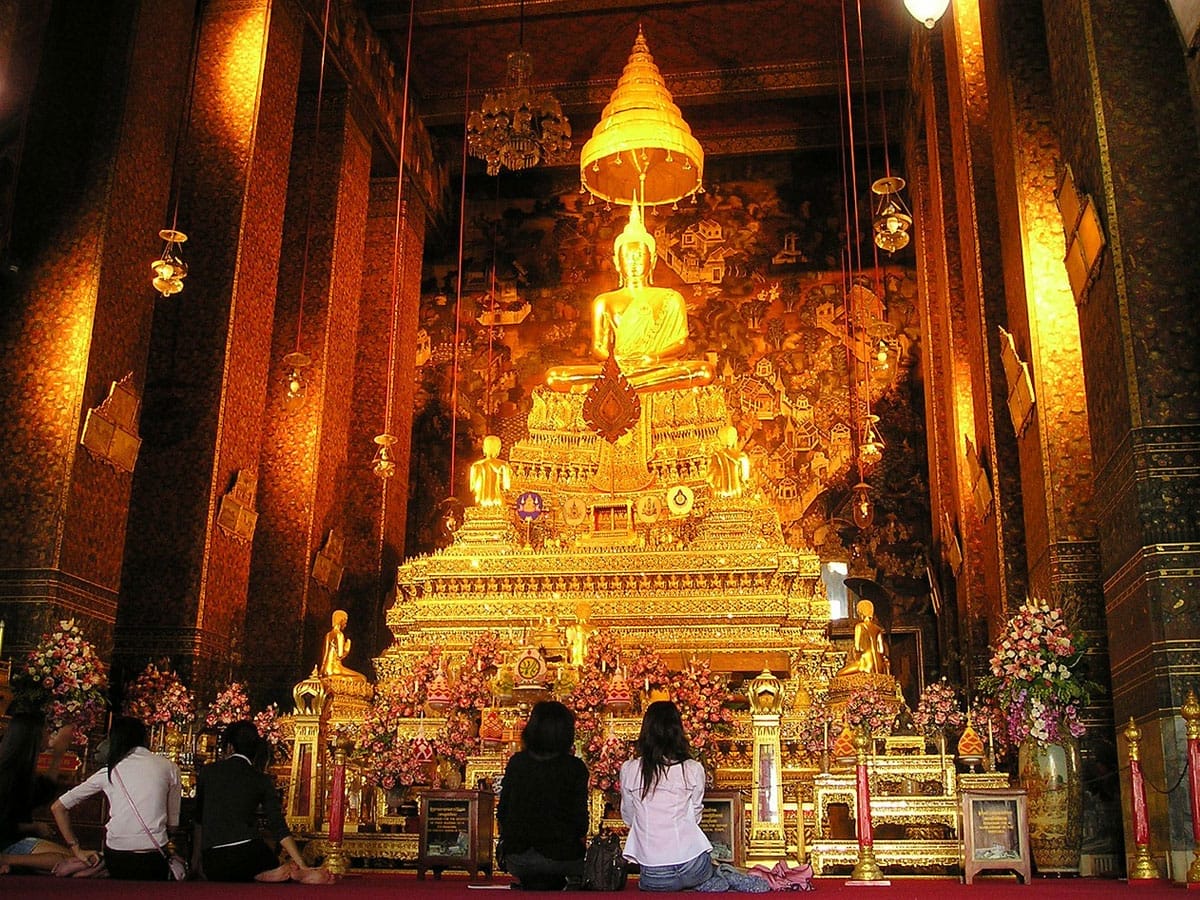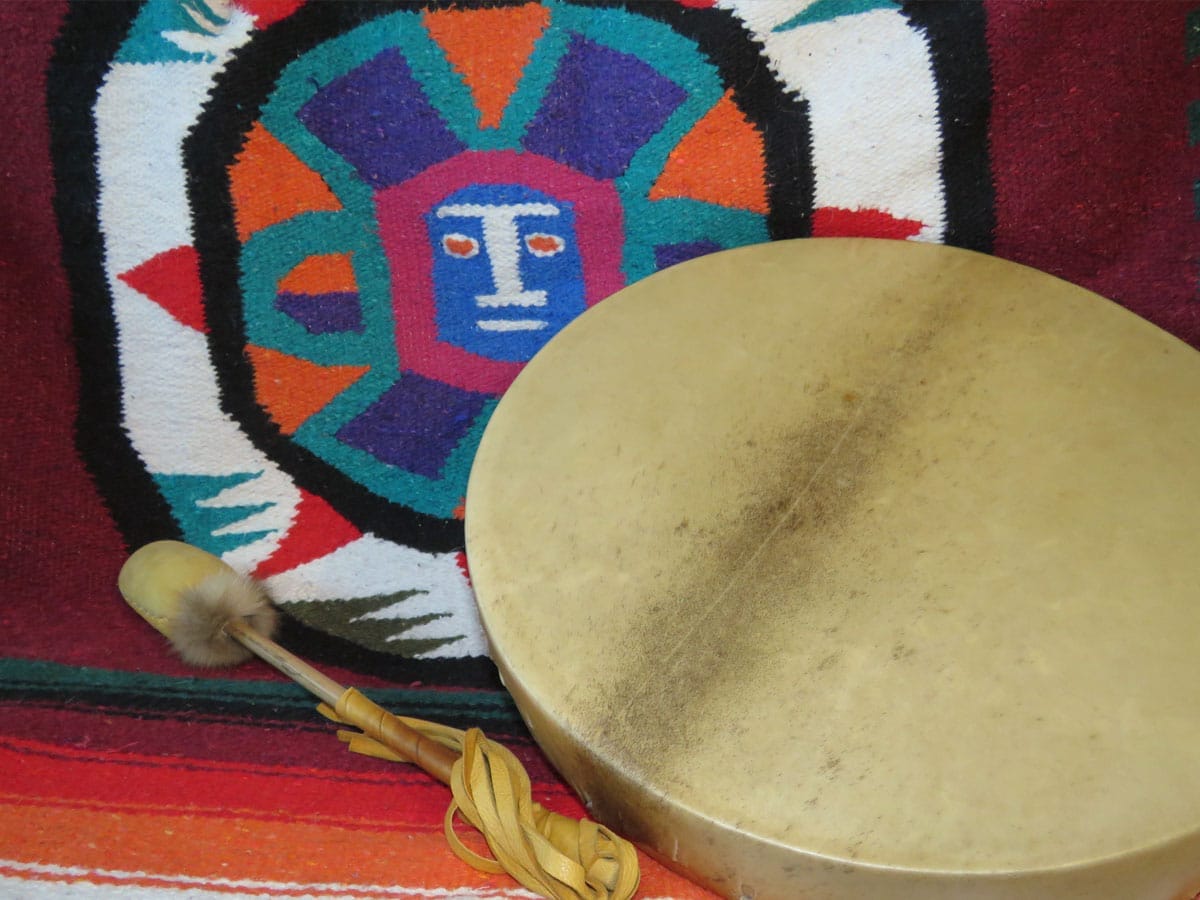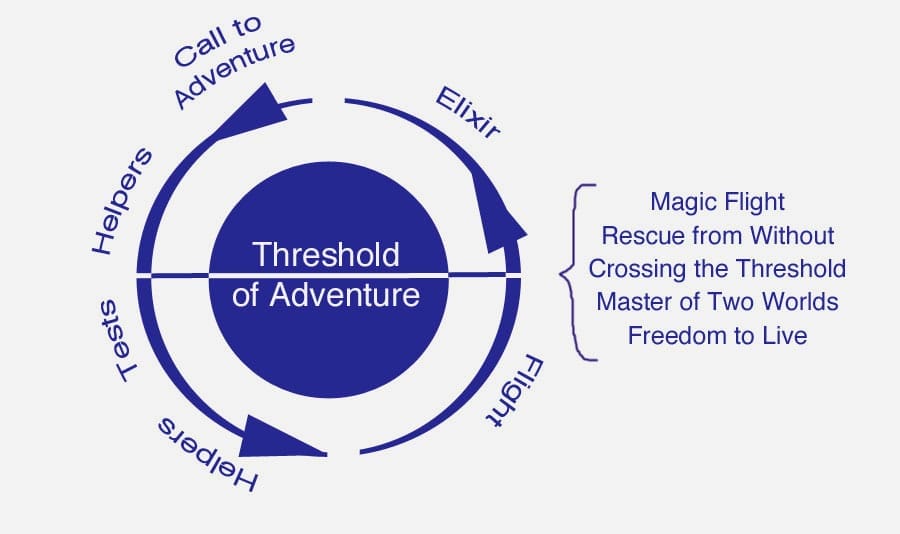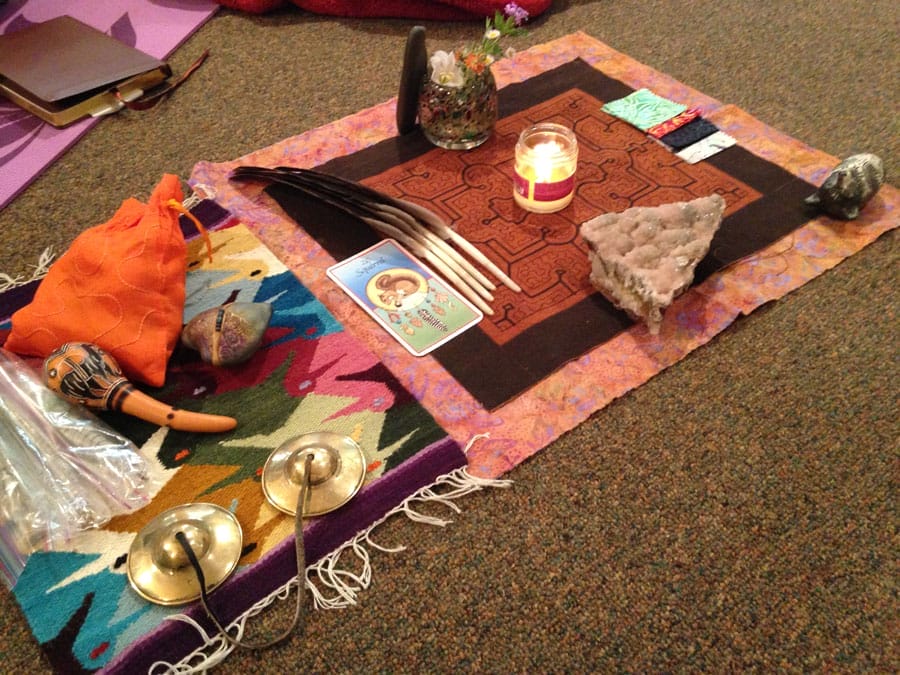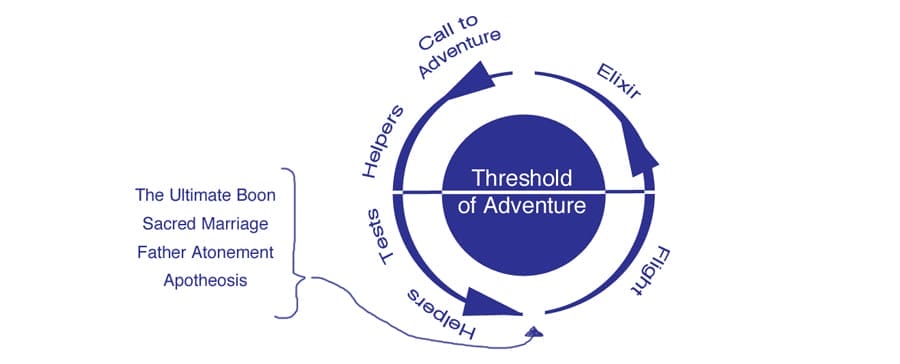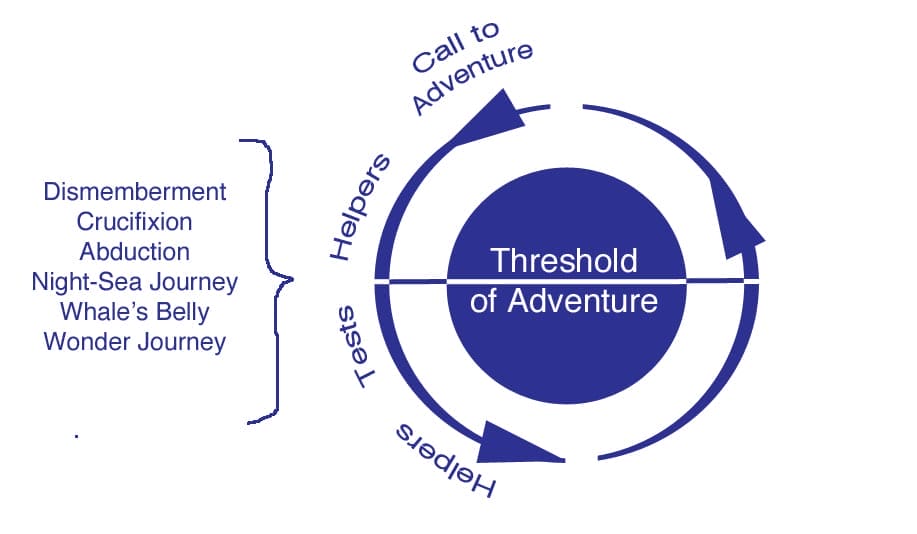No Need to Trip: Sober Shamanic Journeys
Photo Credit: Kari Andreasen
Going on a Shamanic Journey
Flying out of your body and seeing things that aren’t in the room? Talking with spirit guides and flying on the back of a hawk? To the uninitiated, all this can sound pretty far out.
This and so much more happens on a shamanic journey. A shamanic journey is much like a waking dream. It is a soul flight into the spirit world. During a shamanic journey, a seeker has the opportunity to talk with and receive guidance from spirit guides. They can also experience healings. The seeker uses the soul’s senses to see, touch, and hear things in the spirit world. They are wide awake and aware and they have all of their faculties. The seeker is able to recount the experience when they return from the journey.
Many assume this kind of experience requires hallucinogenic substances (known as “plant spirit helpers” in shamanism). Examples of shamanic plant medicine include psilocybin mushrooms, peyote, and ayahuasca. While there is a deep and sacred tradition of working with these plants for shamanic journeying and healing, that is not the only ancient or effective way to go on a shamanic journey.
Altered States Using Rhythmic Percussion
A shamanic journey is an altered state of consciousness. This altered state of consciousness can be induced purely via listening to rhythmic percussion such as drumming or rattling. No psychoactive substances are required. The percussion is repetitive and lacks a melody so that the seeker going on the journey doesn’t get caught up in a song and influenced by it.
Rhythmic percussion such as drumming has a number of benefits in assisting an altered state of consciousness. These are:
- Facilitation of a deep meditative and relaxed state that is also an alert and aware state.
- Provides a blank slate or canvas in which the journeyer’s experience occurs.
- Serves as a connection or tether to this world, so that the person on the journey feels safe and anchored back to their body.
- A means of conveyance. The drumming carries the journeyer’s mind into an altered state. Many traditions called their shamanic drum “the horse on which they ride on.”
Shamanic journeying using rhythmic percussion alone is an ancient practice that has been used by cultures all around the world for millennia. While it doesn’t work for everyone, it works for the vast majority of students that I’ve instructed in shamanic journeying. And it’s not just me! Many shamanic teachers around the world use this method for shamanic journeying and have great success teaching others how to journey this way.
Why Choose Sobriety?
The use of any consciousness-altering herbal medicine is a very personal choice, and I have the utmost respect for the choices people make regarding their own bodies. I specialize in teaching sober shamanic journeying with the use of drumming, so that is why I am discussing the benefits of this method.
So, why would someone choose to do a shamanic journey using rhythmic percussion rather than psychedelic substances?
Health reasons are a big factor. If a person has a system sensitive to medications or any substance that goes in their body, psychoactive substances can be too strong or overwhelming. A person with an illness may be concerned about the plant medicine’s side-effects, contraindications, and negative interactions with current prescriptions or supplements.
A history or current involvement with substance use disorder is another reason. If someone struggles with addiction, any sort of intoxicant may be triggering. Typically, plant spirt medicines used for shamanic journeying are not addictive, but their mind-altering effects may influence cravings in unpredictable ways. Having an alternative, sober method of shamanic journeying eliminates these uncertainties.
Having a family member or members who suffer from substance use disorder, may also be a reason to consider sober shamanic journeying. When a person experiences abuse from a loved one as a result of their addiction, it can be challenging to be around other people who are under the influence of plant spirit medicine. Some people who have friends and family who are addicts choose sobriety for themselves because it brings a sense of safety and agency.
Weighing the Risks
Plant spirit medicine ceremonies are sacred, special ceremonies set apart from daily life. They require taking time off and traveling to a sanctuary or retreat center. Psychedelic or psychoactive substances should only be taken under supervision of trained professionals. There is a real risk of a negative reaction which may require medical attention.
All that said, plant spirit medicine ceremonies can sometimes offer profound healing and spiritual experiences. This doesn’t happen for everyone, but when it does it can be life changing. There is great risk in this method and potentially great reward. Although I have not done this type of ceremony myself, I have talked to a handful of people over the years about them. Some people have negative or neutral experiences. Others report amazing results. It does seem like a gamble as to how it will turn out.
For those how have a positive experience, I liken their stories to what Abraham Maslow calls a “peak experience”. He described peak experiences as “rare, exciting, oceanic, deeply moving, exhilarating, elevating experiences that generate an advanced form of perceiving reality, and are even mystic and magical in their effect upon the experimenter.” [1] There is a sense of euphoria and bliss.
These peak experiences can be accompanied by healing of lifetime trauma and wounds. These are rare experiences that are hard to repeat and may only happen once or maybe a few times in a person’s life.
There is one big downside to these peak experiences that I see consistently. When the person returns to daily life from the ceremony, there can be a considerable let down.
Accessible Shamanic Journeys
Sober shamanic journeys using rhythmic percussion are different. They are easy and accessible. You don’t have to leave the comfort of your home and they fill an hour or two timeframe. The technology is simple, requiring only headphones and a recording of drumming on a phone, devise or computer. This method is very low risk.
As I’ve already discussed, this accessibility and safety is helpful for people who prefer not to put psychoactive substance in their bodies, AND it is helpful for people who work with plant spirit medicine.
Plant spirit medicine ceremonies are rare occurrences set aside from daily life. Many people who report benefiting from plant spirit medicine ceremonies come home feeling a big let down. The euphoria and bliss of the experience are out of reach and they don’t know how to live that joy in their daily life.
This is where sober shamanic journeys can come in and help with integration. By following up a plant spirit medicine retreat with sober journeys at home, a seeker can find integration. They can build a stronger, consistent connection with their spirit guides. They can receive guidance on how to apply the wisdom and healing of their plant spirit medicine experience into their everyday life.
Bridging the Spiritual and Ordinary Life
Being able to journey at home allows a person to receive guidance on how to bring healing and wisdom into the ordinary, material world.
This is true for anyone whether they choose to stay sober or use plant spirit medicine.
It is very important to note that sober shamanic journeying can also bring peak experiences of euphoria, healing, and joy. Going on a shamanic journey using just drumming brings profound healing to lifetime trauma and wounds. I find that when this happens, seekers are more easily able to live and ground the joy of their healing experience in the every day.
This is another huge benefit to sober shamanic journeying. It is closer to our lived experience and helps facilitate the bridge between our spiritual and ordinary lives.
[1] https://en.wikipedia.org/wiki/Peak_experience
Have questions or comments? I’d love to hear your feedback! Please feel free to share below.
